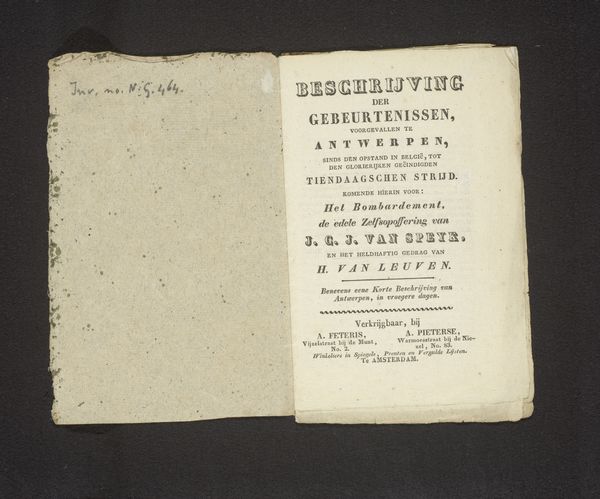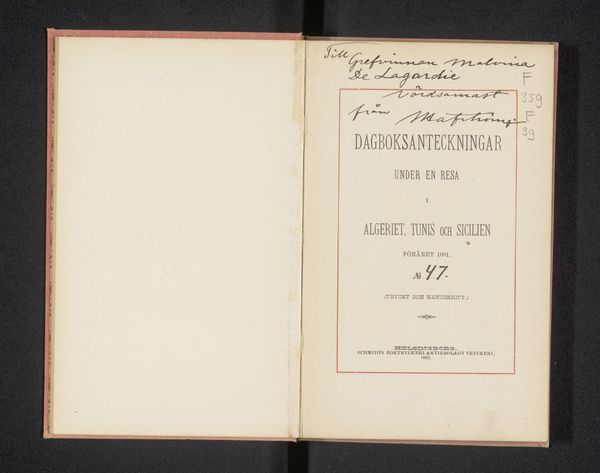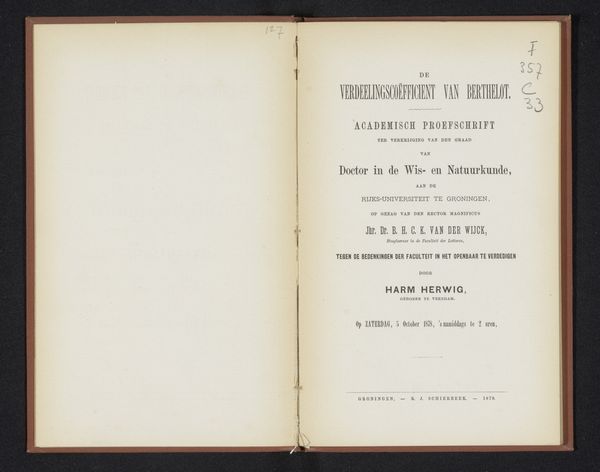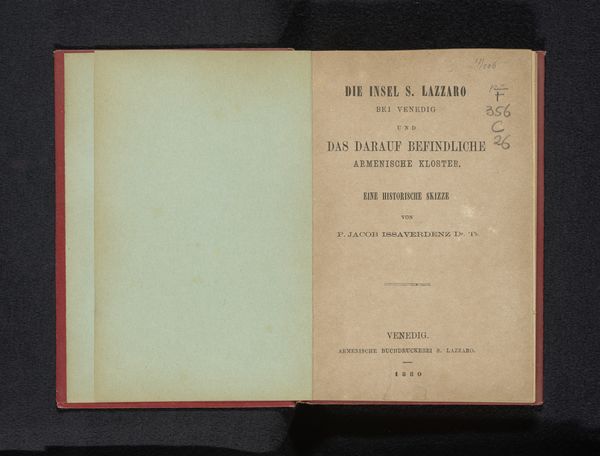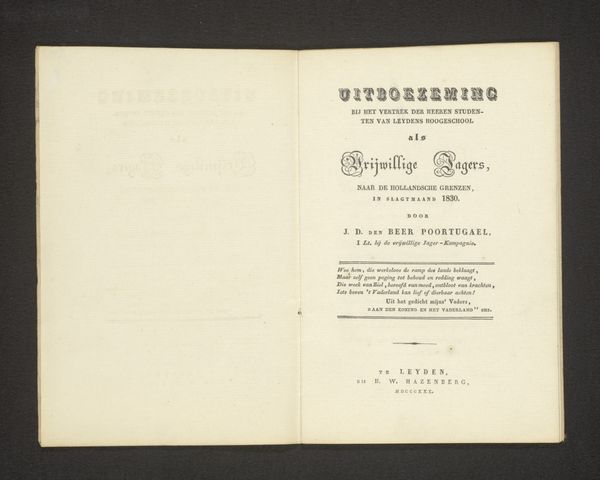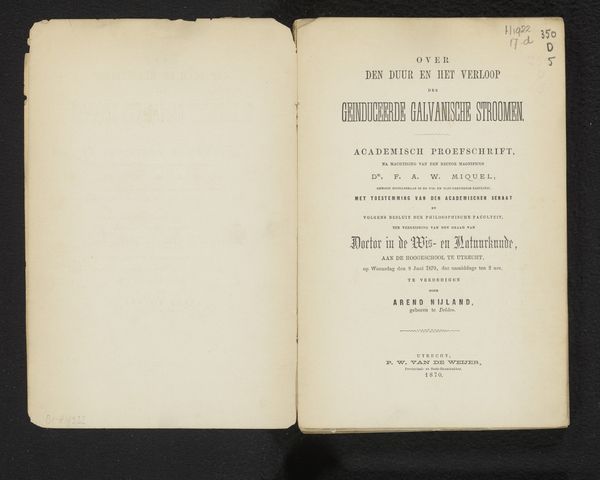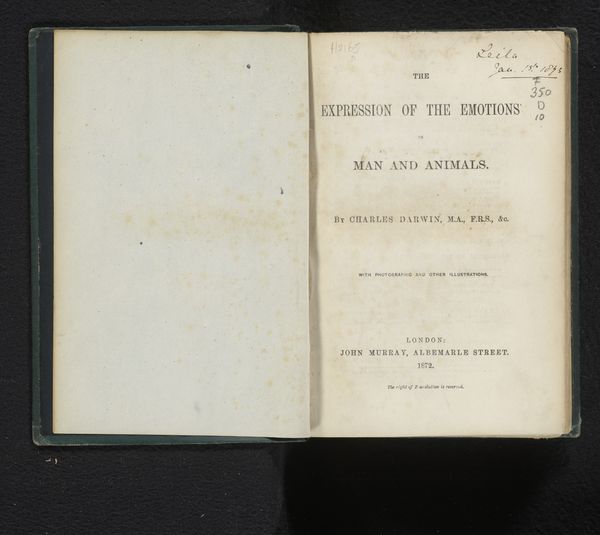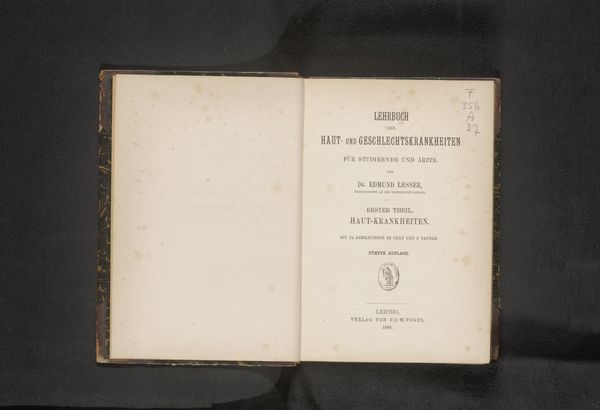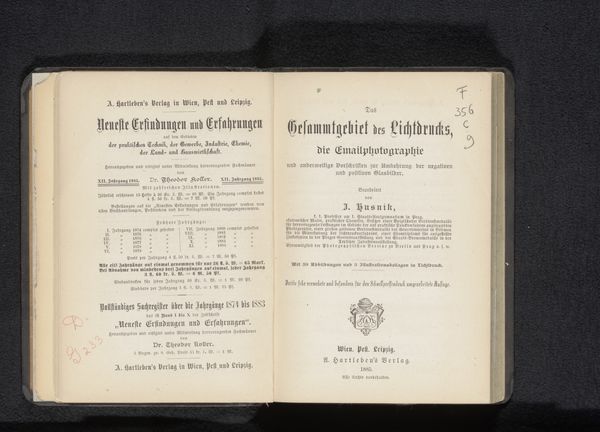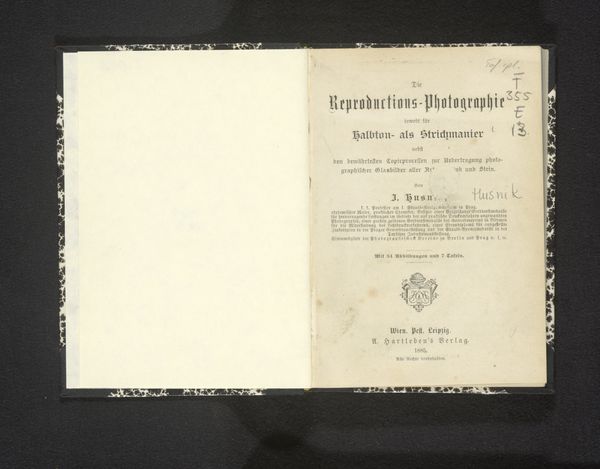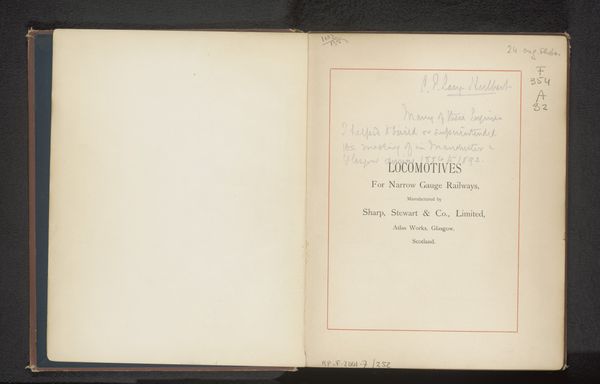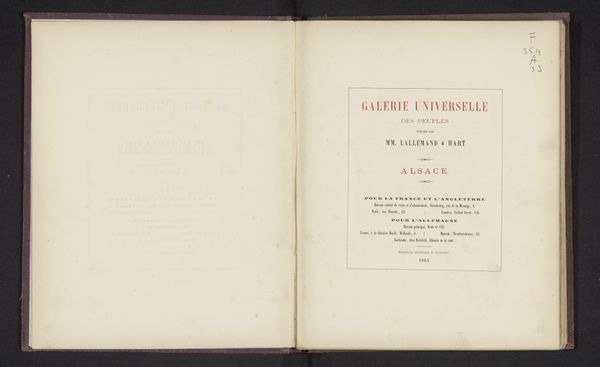
print, paper, typography
#
aged paper
# print
#
typeface
#
paper
#
personal sketchbook
#
typography
#
journal
#
fading type
#
stylized text
#
thick font
#
sketchbook art
#
historical font
#
columned text
Dimensions: height 17.5 cm, width 12 cm
Copyright: Rijks Museum: Open Domain
Curator: This print, dating from around 1832, is titled "Korte beschrijving van de tiendaagse veldtocht," which translates to "A brief description of the Ten Days' Campaign." It seems to be printed on paper and comes from the hand of A. Feteris. I’m immediately struck by how utilitarian it is – it doesn’t seem to care about aesthetics as much as pure functionality. What stands out to you? Editor: Well, initially, it feels almost like ephemera. It is striking how much the process of aging seems inherent to the artwork itself – the discoloration, the fading ink. Considering the emphasis on material culture, what are the primary material qualities that we should be looking for? Curator: Focus on the paper, the type of ink used, and the printing process itself. These choices are deliberate and rooted in social and economic conditions. This isn’t some fancy, handcrafted document for the elite. Look at the relatively rough paper, the standard typeface; it screams mass production, catering to a wider audience hungry for information about this campaign. The ‘Ten Days Campaign’ itself – isn’t that something? How does that context play into your reading of the work? Editor: Right! So, considering the historical context, it does feel like a commodified account of a very specific event— a mass-produced object meant for consumption by the public. Curator: Exactly. It serves as a historical document of both content and construction. This "brief description" of war demonstrates a transition from the craft-based production methods towards a more mechanized mode of creation. Consider the role of printmaking in disseminating propaganda. Is this a factual account or part of some state narrative? Editor: That’s an important distinction! Thinking about its production makes me wonder about the labor involved, the access to information… and even the literacy rates. Thank you for pointing this out. It provides a fascinating perspective that links process, materiality, and social context.
Comments
No comments
Be the first to comment and join the conversation on the ultimate creative platform.
